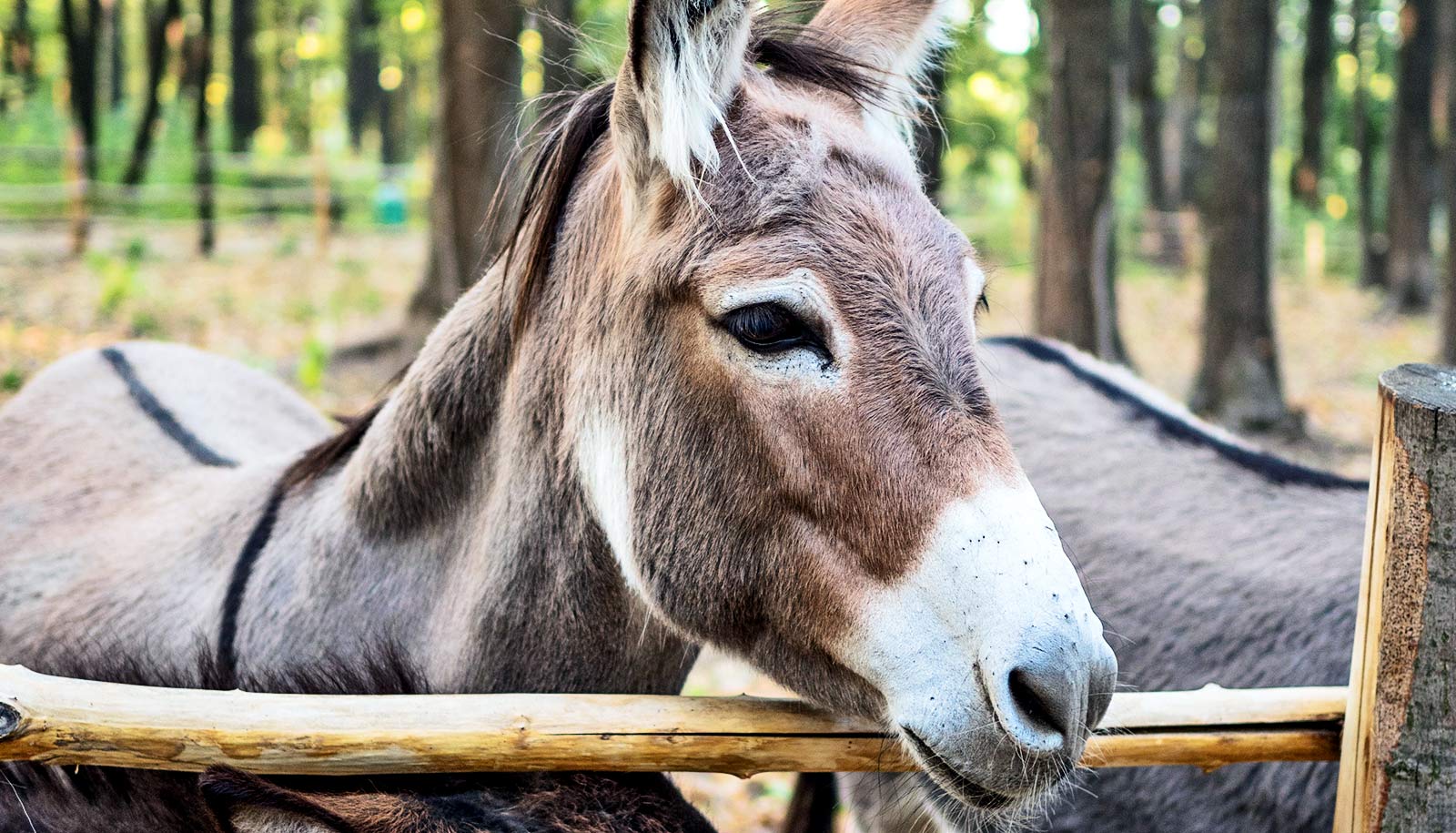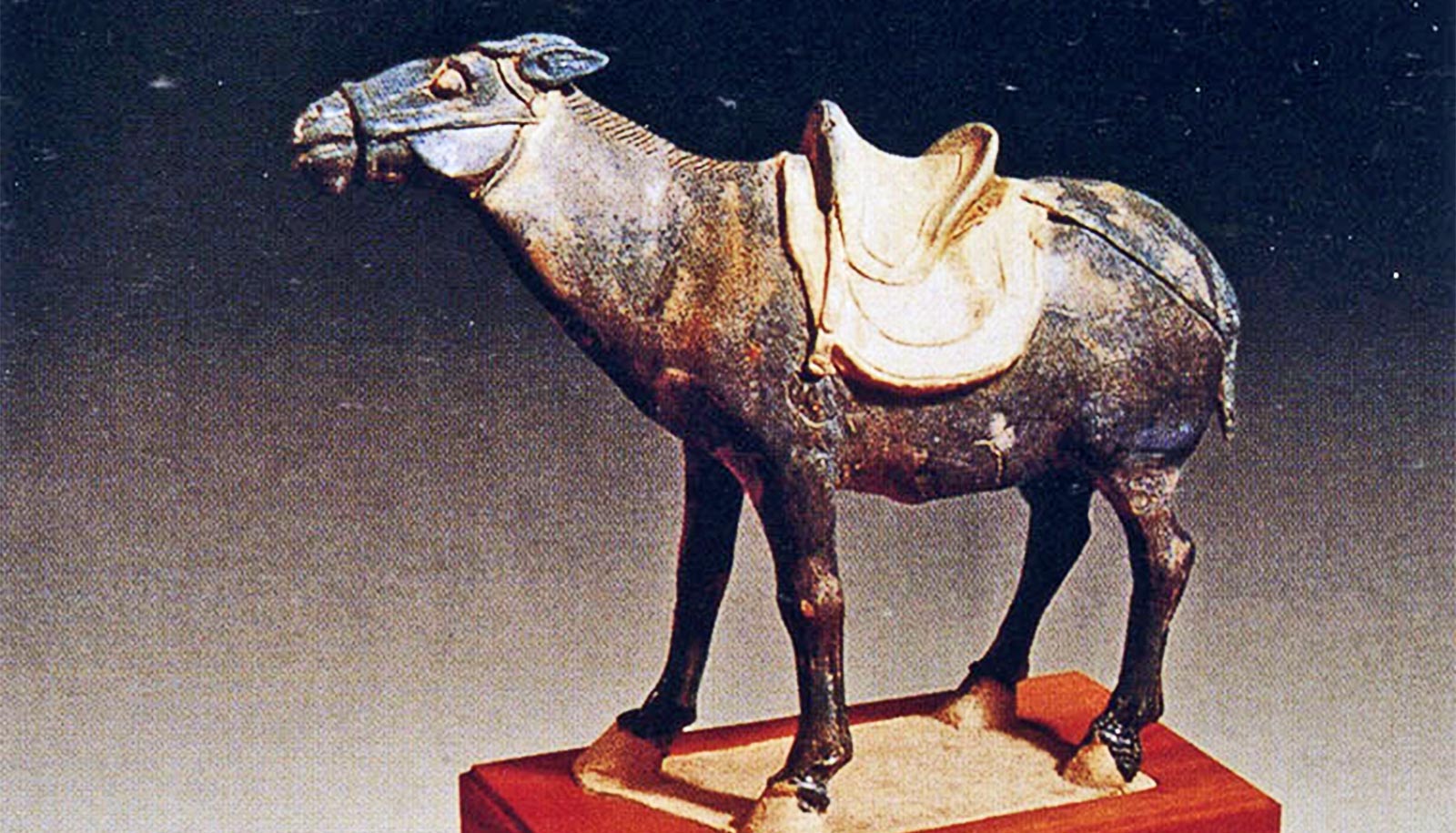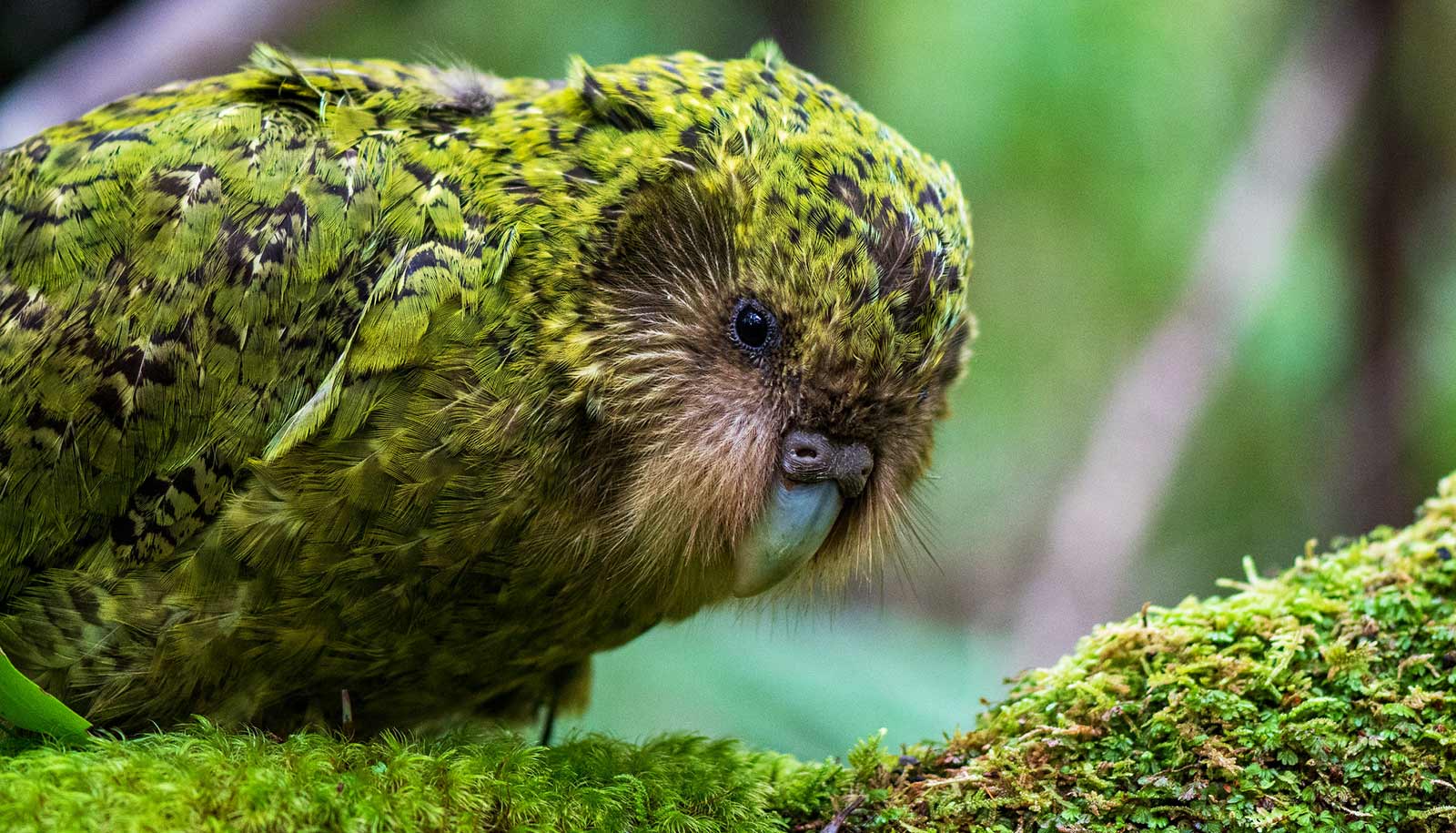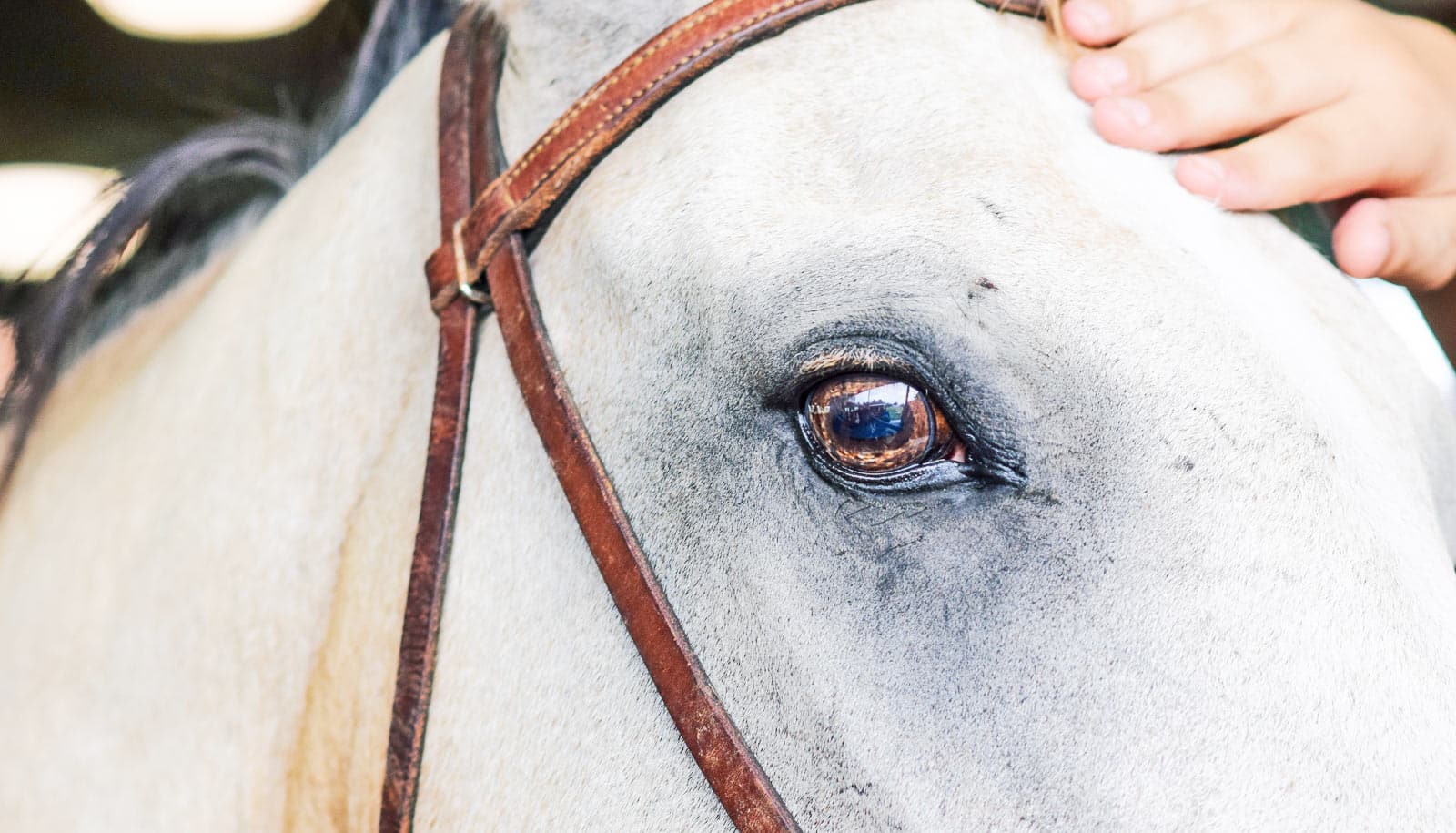Scientists have sequenced the genome of the donkey, revealing the journey it took toward domestication.
Sometimes overlooked, donkeys have their own unique and significant history, which tells how they evolved right alongside humans. The new research clarifies the key role they played in daily human life dating back thousands of years.
Researchers sequenced the genome of donkeys from regions around the world. To tell the story of the donkey, researchers analyzed the genome of existing populations as well as DNA from donkey fossils.
The donkey’s domestication story differs greatly from that of the horse. Horses were domesticated twice, and the first attempt failed. Donkeys were domesticated once and spread rapidly.
Among the populations scientists sampled, the animals originated from Africa roughly 7,000 years ago and spread quickly into Asia and Europe. Also, unlike horses, donkeys appear to have equal genetic representation for both males and females.
Before this study, it was unclear where and when donkeys were domesticated.
“Domestication is a really neat natural experiment,” says Samantha Brooks, associate professor of equine physiology at the University of Florida/Institute of Food and Agricultural Sciences.
“How we use animals in our day-to-day lives changes the physiology of these animals. Watching this across thousands of years of genetic history was really fascinating. These changes illustrate how the unique physiology of the domesticated donkey gave them the tools needed to survive and thrive as they worked and lived alongside humans.”
Understanding the history of the donkey and its genetic makeup is not just a fun bit of historical knowledge; it will help make decisions about their future management under human care.
About 44 million donkeys roam the globe, and in many parts of the world they are still important working animals. With rising temperatures, these animals will have to adapt to withstand the heat and still meet the demands of their jobs.
“Through their DNA, the animals are telling their history themselves,” Brooks says. “We usually only get the human’s side of history through written accounts, but of course written history does not always record exactly how something happened. Looking at these DNA sequences, we get a biological testimony to the environment these animals lived in and the experiences they survived.”
The findings also help researchers understand what humans were doing at different points in history. Outlining the movement of donkeys reveals information on human movement and the transport of goods, animal husbandry methods, and selection for unique traits that we might not otherwise have the opportunity to observe in an animal.
“Donkeys have fueled human agriculture throughout early history, and they continue to do so across the globe, especially in developing nations,” she says. “Donkeys are extremely hearty animals, they’re real survivors, and we’re excited to learn more about the adaptations they gave them what it takes to survive.
“A better understanding of how they got their ‘toughness’ will teach us a lot about animal physiology and give us new ideas on what it might take to adapt our livestock populations to survive in a warming climate.”
The study is published in the journal Science.
Source: University of Florida



